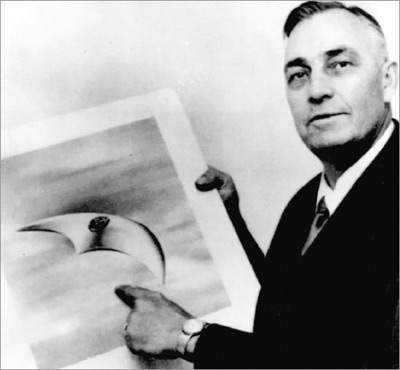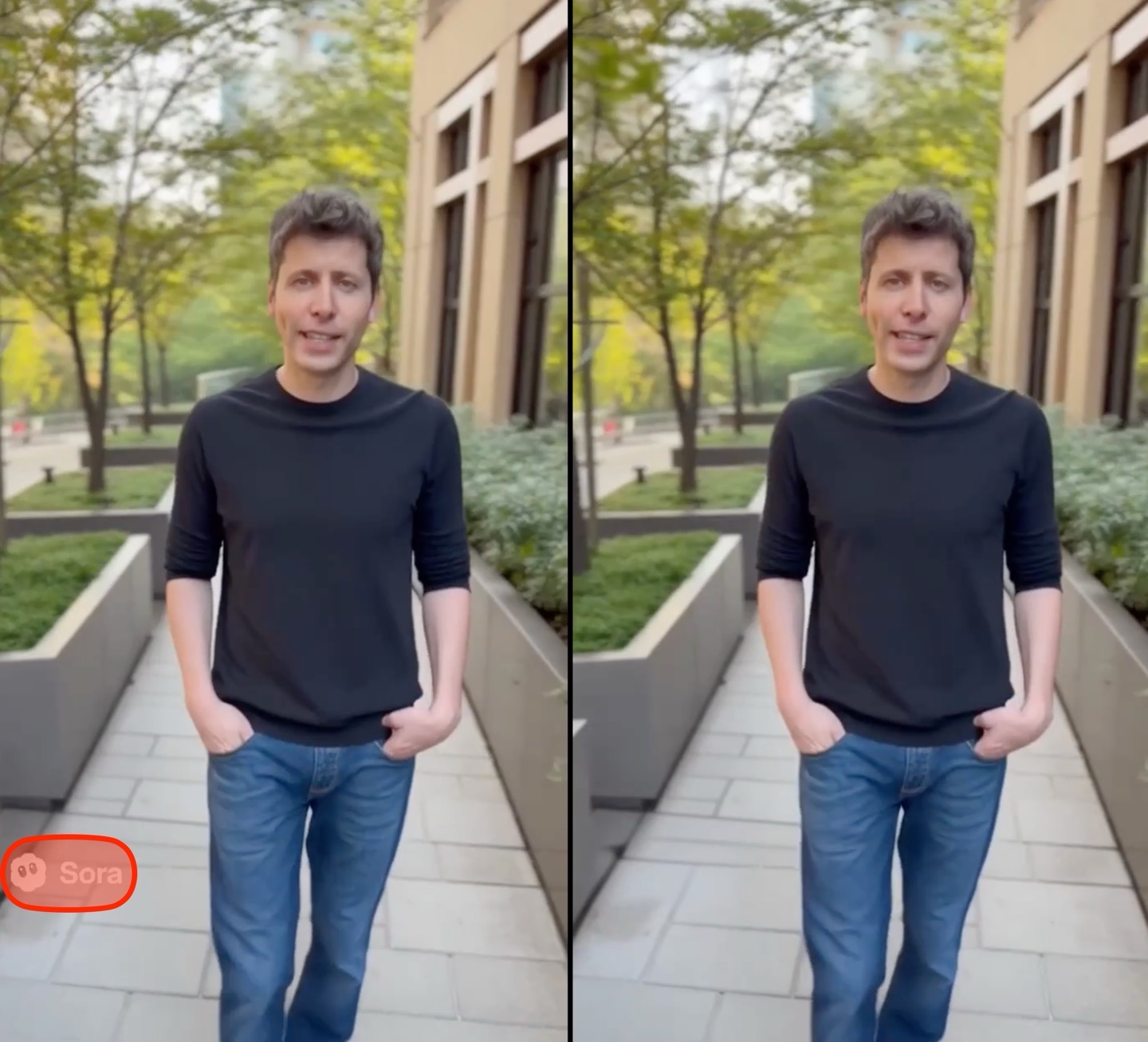*This text was written by a TecMundo columnist; finally learn more.
One of the most extraordinary events observed by many people throughout history, including the modern age, Unidentified flying objects (UFOs). This is a topic that has aroused the curiosity and interest of millions of people over the years, and with a significant frequency of interest in the media.
While the acronym UFO has become synonymous with extraterrestrials and alien presence for many, the term is actually pretty self-explanatory and in no way indicates that the phenomenon is caused by a non-human intelligence. This is an aerial object of any nature or an optical phenomenon that cannot be easily identified by the observer. So why does a UFO cause such excitement?
That’s the easy part to answer. We are inquisitive by nature, eager to understand what is going on around us. Even if most of us have limited experience of looking at the sky, we can easily understand what an airplane is, what a star or planet is, what an everyday atmospheric phenomenon such as lightning or oddly shaped clouds.
Some of us even add modern artifacts such as rockets, artificial satellites, and unmanned aerial vehicles to this reconnaissance capability. So when something doesn’t line up with any of these, it’s perfectly reasonable to be intrigued.
The UFO phenomenon was the subject of great interest, especially during and after the Second World War, when rockets, ballistic missiles, and espionage technology reached an unprecedented level.

Although there are secular records, the first well-known UFO sightings of the modern era occurred in 1947 when American civilian pilot Kenneth Arnold claimed to have seen a group of nine objects at high speed near Mount Rainier in Washington while flying his small plane. .
Arnold estimated the speed of the objects, which he described as crescent-shaped, at several thousand kilometers per hour, and said they move “like splashing circles.” It is a fact that popularized and immortalized the term in the newspaper reports after the event that it was mistakenly stated that the objects were in the form of a flying saucer.

Since then, sightings of phenomena and unidentified air bodies have increased exponentially, driving the civilian populations of many parts of the planet insane. In the second half of the 20th century, the United States and the Soviet Union, two world powers that were opposing each other during the Cold War, formed government panels to investigate such observations, mainly because of the belief that they might be foreign planes. enemy technology
Later scientific research, developed through reports and photographic records of supposed UFO sightings in the following years, showed that more than 90% of them matched known events: astronomical or meteorological events, sightings of military aircraft, birds, hot gas masses in unusual climatic conditions. et cetera.
But some could not be explained as fact, used to support extraordinary arguments for the existence of extraterrestrial visitors. Although this hypothesis was defended by some serious ufology groups, it gained extreme sensational implications over time and has since been met with instant resistance by most experts and scientists.
fits one here additional: such “resistance” does not imply scientific arrogance, but is associated with one of humanity’s most powerful and valuable tools; scientific method. Astronomers, physicists, and scientists from related fields are among the main people on Earth who seek life (including intelligent life) beyond Earth, and there is a great deal of work and research on this topic.
It so happens that UFO reports vary widely in reliability. Observations with the naked eye are easily misleading, and eye reports tend to be biased by a number of psychological aspects. Even detection of UFO radar signals, which is in some respects much more reliable, may not distinguish physical objects well from meteor trails or thermal discontinuities and is subject to radio interference.
Sometimes it’s important to consider extremely unlikely scenarios. No possibility, however absurd it may seem, is exempt from scientific consideration. But when we can’t explain something we’ve seen, it’s easy to let our imaginations go. However, it is necessary to confront our imagination with physical reality, and as long as our hypotheses can be subjected to empirical/observational testing and verification, we will always have the capacity to discover the secrets the Universe still hides from us.
Nicolas Oliveiracolumnist for Technology WorldHe holds a degree in Physics and an MA in Astrophysics. He is a professor and currently doing his PhD working with galaxy clusters at the National Observatory. He has experience teaching Physics and Astronomy and researching Extragalactic Astrophysics and Cosmology. It acts as a popularizer and scientific communicator aimed at the dissemination and democratization of science. Nicolas is available on social networks such as: @nicooliveira_.
Source: Tec Mundo
I’m Blaine Morgan, an experienced journalist and writer with over 8 years of experience in the tech industry. My expertise lies in writing about technology news and trends, covering everything from cutting-edge gadgets to emerging software developments. I’ve written for several leading publications including Gadget Onus where I am an author.













